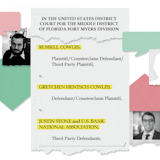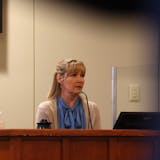In the beginning, it was the button. Then came the zipper. And then came Velcro. How? The ubiquitous "touch fastener" was invented about 60 years ago by a Swiss engineer named George de Mestral, who based his idea on his observation of the way burrs stuck to the fur of his hunting dogs after a walk in the woods.
Many good ideas have been discovered because someone poked around in an outside industry or discipline and applied what they found to their own field.
Dan Bricklin took the spreadsheet concept from accounting and turned it into VisiCalc, the program that helped create the microcomputer software industry.
World War I military designers borrowed from the Cubist art of Picasso and Georges Braque to create more effective camouflage patterns for tanks and guns.
The "unbreakable" U.S. military code used in World War II was based on the Navajo language.
"I've known advertising people who got ideas from biology, software programmers who got inspiration from songwriters, and investors who spotted new opportunities by going to junkyards," said Roger von Oech in his book "A Kick in the Seat of the Pants."
In my experience, listening to customers is a tremendous source of inspiration. Their specific needs often turn out not to be exclusive to that customer. We've added products and features because one customer needed a particular item.
I've heard it said that there are no new ideas, just improvements on old ones. Many great "inventions" have been a next generation or hybrid of a tried-and-true product or system.



